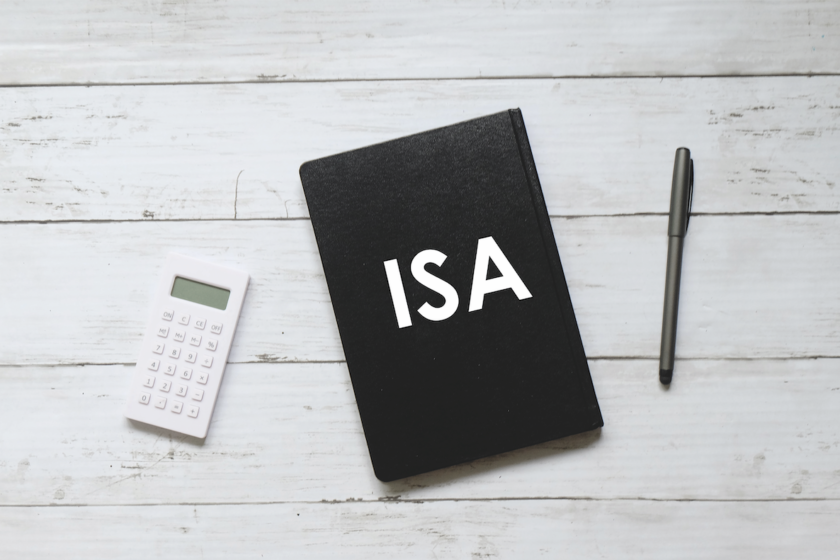Over the weekend, there were suggestions that Jeremy Hunt could increase the ISA allowance, merge cash and stocks and shares ISAs and introduce an ISA for UK investments. While the raising of allowances is very welcome, there are problems with both these other suggestions, which risk over-complicating a well-established system. There are more effective changes that should be considered, says Sarah Coles, head of personal finance, Hargreaves Lansdown.
An increase in the ISA allowance would be a shot in the arm for investors battered by cuts in the allowances for dividend tax and capital gains tax. It would release pent up demand and allow more money to naturally flow into UK stocks and shares. However, there’s a risk that some of the other suggestions being floated as possible ways to simplify the ISA regime could actually end up making life more complicated instead.
Increasing the allowance – set back in 2017 – would be a real boon for investors who have maxed out their allowances and now face harsh tax penalties on investments held outside an ISA. Increasing the existing allowance by £10,000 to £30,000 could mean capital gains savings of £35,490 over 20 years for a higher rate taxpayer investing in stocks and shares.
It would also automatically encourage more UK investment. Over the past year, broadly three-quarters of investments have been in the UK anyway, and most investors buy and hold for the long term.
The fact that increasing the allowance will naturally boost UK investment means any notion of a UK-specific ISA allowance adds a needless extra layer of complication. Efforts would be far more usefully expended revisiting the advice/guidance boundary. This would help move people into investing for the longer term – building engagement and confidence.
Some tweaks to the ISA regime could help streamline a system that is already well understood and established. However, one proposed change which initially looks like a way to make life more straightforward would, in reality, over-complicate things for savers. In merging cash and stocks and shares ISAs, it would need to be ensured that cash ISA customers would not get communications on investment issues, which could be off-putting and confusing for people who only want to keep their money in cash.
There are, however, a number of changes that could provide real, material benefits. Chiefly, it should be possible to pay into as many ISAs as you like each tax year provided you stay within the overall £20,000 ISA limit. This change would make it much easier to open, subscribe and transfer ISAs, and remove a layer of needless complexity.
Allowing for the LISA allowance of £4,000 be additional to the £20,000 for ISAs would help separate these products and clear up the single biggest misunderstanding about LISAs. It would also boost incentives to invest. We also want to see the Lifetime ISA penalty cut from 25% to 20%. The 25% penalty currently not only claws back the Government bonus to save, but also applies an additional 6.25% penalty based on the amount invested.
We think fuller consideration should be given to using the LISA as a more attractive vehicle for saving for retirement for the self-employed. This solves the primary barrier to saving into a pension, essentially that self-employed people are reluctant to tie up money with uncertain earnings. For this to happen we want to see the age that anyone can open and pay into a LISA should be increased to 55. Self-employed LISA holders accessing before age 60 would also benefit from a reduction of the penalty to 20%. Our analysis of self-employed households, using the HL Savings and Resilience Barometer, shows that this would help 70% of the self-employed whom missed out on the Lifetime ISA because they were too old when it launched in 2018. We believe it could help 1.2 million households that have a self-employed earner paying basic rate tax – a group that are chronically underprepared for retirement.






























